
When marketing directors utter the word ‘digital’ in the world of fmcg, you can still feel the nervousness that circulates around a conference room. Whether you’re an e-commerce manager starting your brand’s journey in digital, or a national account manager looking for proof that digital activity will move the sales dial, great digital activations and their impact on performance are still elusive to many.
Earlier this month, Capture attended The Digital Food and Beverage Conference, a wonderful event allowing colleagues from brands and agencies to come together to share their experiences. Many in the room were in attendance because digital still feels like a perplexing world – especially as we enter a period of economic uncertainty.
However, the role of digital is increasingly fundamental to how consumers shop, and therefore needs to be a significant part of commerce planning. There are many layers to this, and brands need to strategically build their proverbial ‘e-commerce cake’ to ensure all of the layers add up to a successful strategy. So, what should these layers look like?
Your base layer has to get the basics right. Most know that premium content across platforms such as Amazon will dramatically increase your sales volume, but is this the case for grocery retail? The short answer is yes.
Profitero’s data shows you can increase sales by up to 58% when you improve your content to meet benchmarks. Whether you’re optimising imagery or simply analysing what search terms consumers are actually using to find your products, all e-commerce journeys must start with the humble pdp page.
Always-on activity must then form your next layer. For most brands, this starts with dipping your toe into retailer dotcom activity. From tenancy to ad-served options based on impressions, you have plenty to test in this space.
This is where brands can really start to understand performance and testing to learn what works. With platforms such as Citrus and Criteo, you can test everything from weather-optimised activity to out-of-category search terms with immediate real-time effects. Citrus cites an average conversion rate of 64% through its activities, giving brands a compelling place to start when budgets are tight.
SPONSORED LINK
Restaurants and retail businesses have had to adapt to huge changes in consumer behaviour over the past few years as a direct and indirect result of the pandemic. The Omnichannel Foodservice Conference examines how leading foodservice brands are evolving their businesses and engaging with customers across multiple platforms and how the restaurant and retail worlds are combining like never before. Learn more here.
From here, the next layer is where brands can get really creative. To create the best digital strategy possible, you need to utilise everything you can to actually drive customers to the point of purchase, rather than relying on a retailer’s site.
If you miss this step, you leave so much more of the journey to chance. You want a consumer to already be thinking about making that recipe for their Friday night dinner, meaning you jump-start the queue by already being in their consideration set. This is where channels such as digital display and social can come into your test and learn strategy, with both offering exciting developments into the world of geo-targeting and utilising retailer first-party data to ensure you’re reaching the optimal audience.
In a recent study we ran for a snack brand through our regression analysis, a range of e-commerce banners were tested alongside targeted social activity. The total campaign drove a 39.7% uplift in sales online for the featured SKU – a great result for the combined campaign. However, the most interesting statistic was that the campaign also had a halo impact of 19.8% uplift for in-store sales too.
The final layer of any great digital strategy is therefore collaborating across teams to ensure your omnichannel strategy is right. Digital no longer sits on its own – consumers move fluidly between the physical and digital worlds. In building a true omnichannel strategy, your digital activity will not only perform better, but will enable much more efficient use of commerce budgets to drive both in-store and online sales.
It’s not an easy journey, but one that brands must embark on – one step at a time.







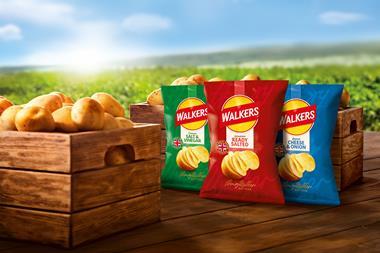

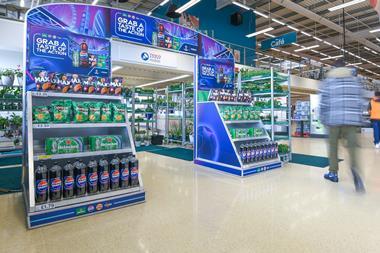

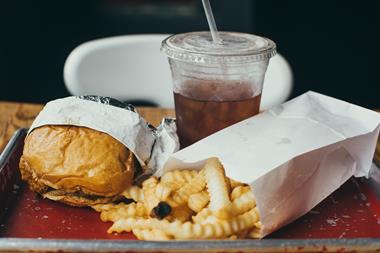
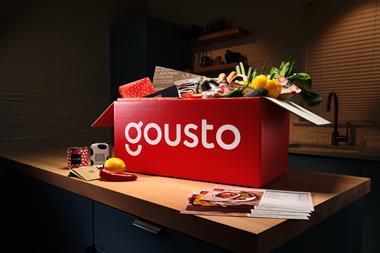
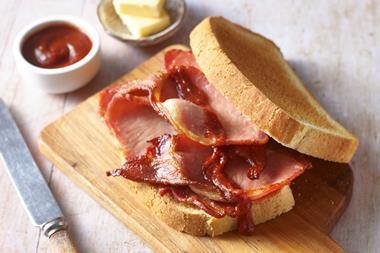



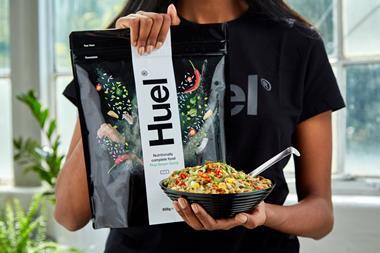

No comments yet